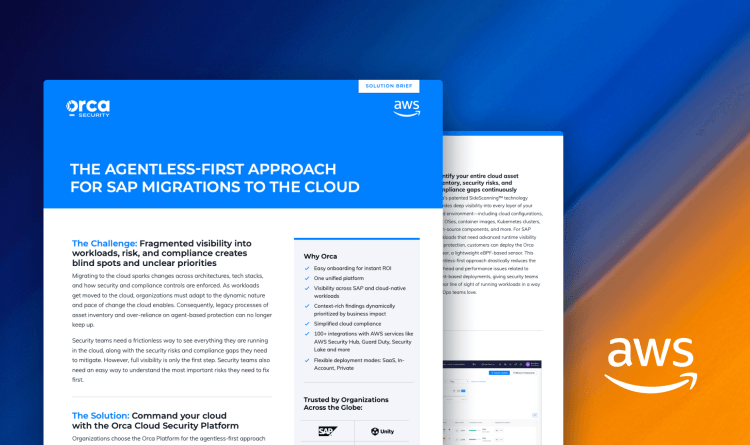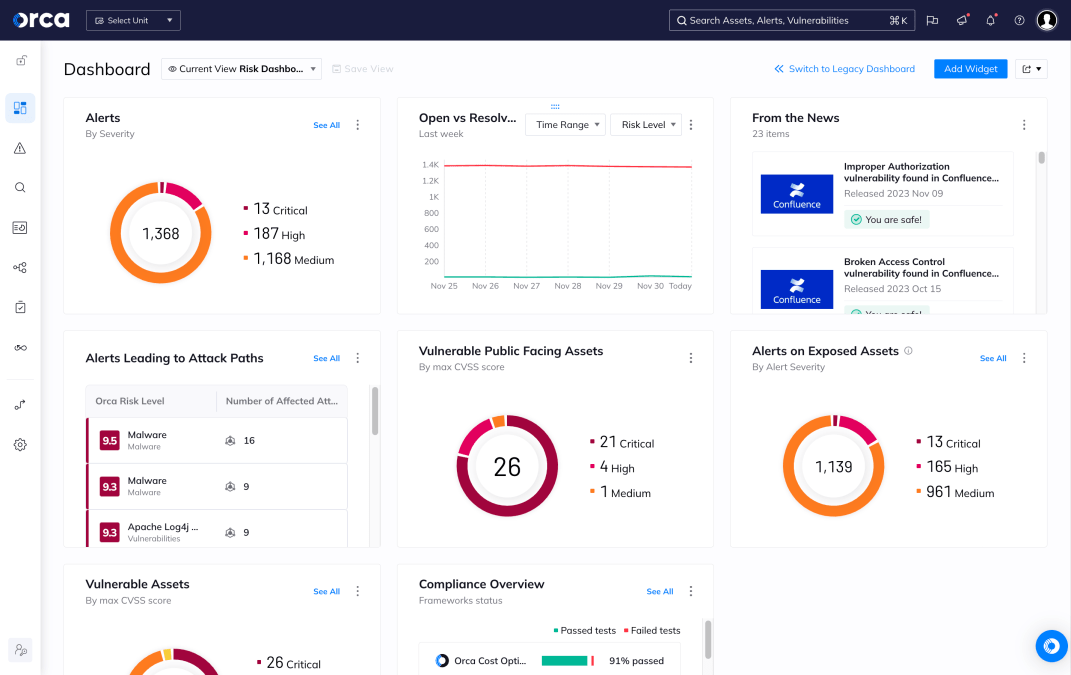A supply chain attack is a cyberattack that targets an organization by compromising a third-party vendor, supplier, or service provider in their supply chain, rather than attacking the organization directly. These attacks exploit the trust relationships between organizations and their suppliers to gain unauthorized access to systems, data, or infrastructure. In cloud security, supply chain attacks have become increasingly significant as organizations rely heavily on third-party cloud services, software libraries, and vendor integrations that create multiple entry points for malicious actors.
Why is it important?
Supply chain attacks represent one of the most challenging security threats in modern cybersecurity because they exploit the inherent trust organizations place in their vendors and suppliers. The interconnected nature of today’s business ecosystem means that a single compromised supplier can potentially impact hundreds or thousands of downstream organizations simultaneously.
The 2020 SolarWinds attack demonstrated the devastating potential of supply chain compromises, affecting thousands of organizations including government agencies and Fortune 500 companies.
For cloud environments, supply chain attacks are particularly concerning because organizations often have limited visibility into their vendors’ security practices and may not immediately detect when a trusted third party has been compromised. The shared responsibility model in cloud computing means that while cloud providers secure the infrastructure, customers remain responsible for securing their applications and data—including those provided by third-party vendors. Supply chain attacks can bypass traditional security controls because the malicious code or access comes through legitimate, trusted channels.
How does it work?
Supply chain attacks typically follow a multi-stage process that begins with the attacker identifying and compromising a strategic supplier or vendor. The attacker first conducts reconnaissance to map the target organization’s supply chain relationships and identify high-value suppliers that have access to multiple downstream customers.
Common attack vectors include:
- Compromising development environments
- Injecting malicious code into software updates
- Gaining access to vendor networks through phishing or stolen credentials
Once the initial compromise occurs, attackers often embed malicious code into legitimate software products, updates, or services. This infected software is then distributed to the vendor’s customers through normal business channels, making detection extremely difficult. The malicious payload may remain dormant for extended periods to avoid detection, activating only when specific conditions are met or when the attacker chooses to execute their objectives.
In cloud environments, supply chain attacks can manifest through:
- Compromised SaaS applications
- Infected container images
- Malicious marketplace offerings
- Altered Infrastructure-as-Code templates
- API integrations or third-party cloud management tools
Security risks and challenges
Supply chain attacks pose several critical security risks:
- Trusted channel exploitation: Malicious activity may go undetected because it originates from known and trusted sources.
- Cascade effects: A single breach can affect thousands of downstream organizations.
- Limited vendor visibility: Organizations may lack insight into the security practices of their suppliers.
- Shadow IT: Unapproved third-party tools may introduce unmonitored risks.
- Dynamic cloud environments: Rapid deployments and resource scaling create new vulnerabilities.
- Attribution and responsibility challenges: It can be difficult to determine accountability and legal liability in supply chain compromises.
These compromises can result in long-term access to sensitive systems, data theft, and disruption of critical operations.
Best practices and mitigation strategies
Organizations can strengthen their defenses against supply chain attacks through several key strategies:
- Establish third-party risk management:
- Maintain an up-to-date inventory of all third-party vendors
- Conduct regular security assessments
- Include contractual security and compliance requirements
- Adopt zero-trust principles:
- Require verification for all access, regardless of origin
- Enforce least-privilege access and strong identity controls
- Implement network segmentation to limit lateral movement
- Integrate cloud-specific controls:
- Use Cloud Security Posture Management (CSPM) tools
- Review cloud service agreements and monitor vendor compliance
- Monitor usage of cloud marketplace offerings and third-party APIs
- Harden development pipelines:
- Scan software dependencies and container images
- Secure CI/CD environments against unauthorized changes
- Implement code signing and artifact integrity validation
- Plan and rehearse incident response:
- Develop scenarios for third-party compromise
- Define roles and communication paths with affected vendors
- Test response plans and update regularly
These strategies help reduce the blast radius of supply chain compromises and improve organizational resilience.
How Orca Security helps
The Orca Cloud Security Platform helps defend against supply chain attacks by providing agentless-first visibility into cloud environments and application pipelines.
With Orca, organizations can:
- Gain full coverage of your runtime environment, comprehensive risk detection, and prioritized remediation based on holistic and contextual analysis
- Protect sensitive workloads with real-time runtime security via lightweight technology
- Use Reachability Analysis to prioritize vulnerable software packages that attackers can actually reach and exploit in production
- Leverage application security scanning of git repositories and other code artifacts for misconfigurations, vulnerabilities, and secrets
- Set or customize security policies that provide guardrails for developers and prevent issues from reaching production environments
By integrating security into every phase of the application lifecycle, Orca helps organizations proactively manage supply chain risk and reduce the blast radius of compromise.



